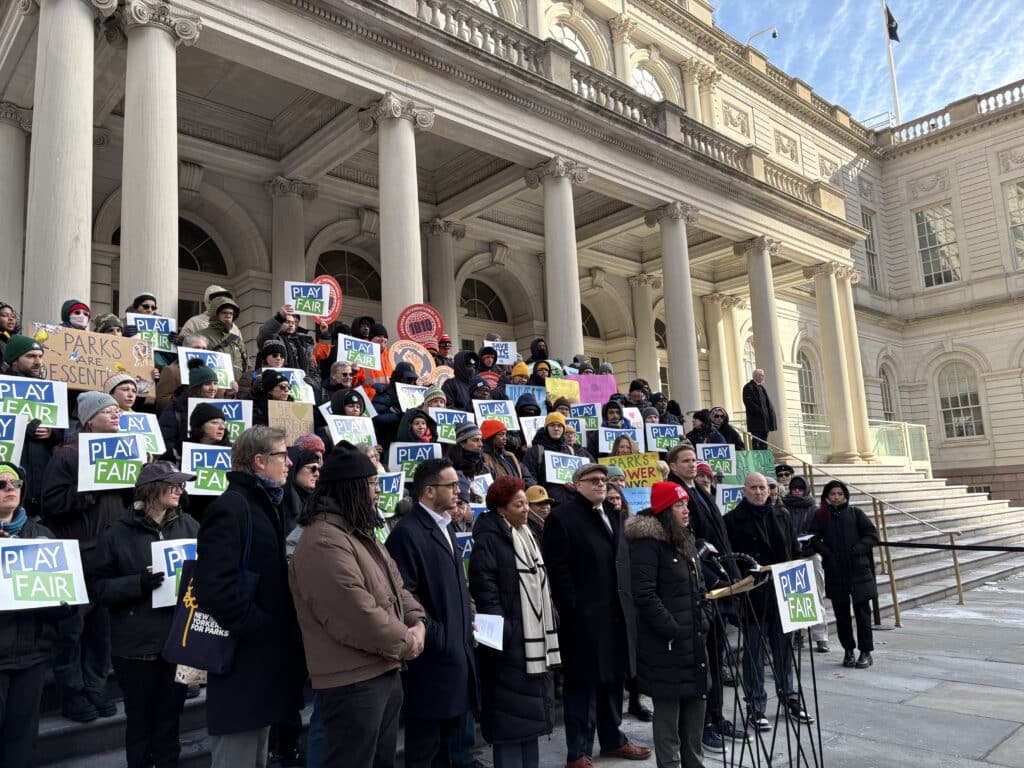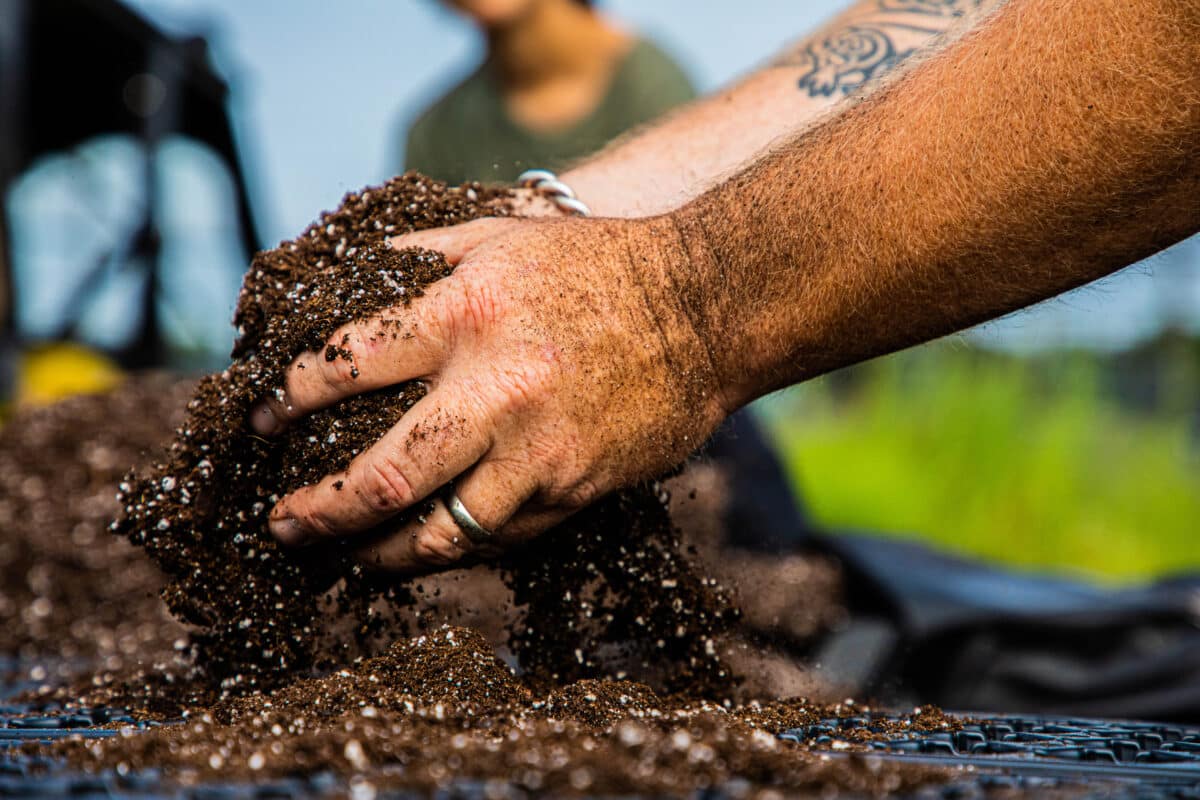Estimating Carbon Storage in Urban Forests of New York City
By Clara C. Pregitzer, Chloe Hanna, Sarah Charlop-Powers, Mark A. Bradford
By Clara C. Pregitzer, Chloe Hanna, Sarah Charlop-Powers, Mark A. Bradford
Forests play an important role in mitigating many of the negative effects of climate change. One of the ways trees mitigate impacts of climate change is by absorbing carbon dioxide and storing carbon in their wood, leaves, roots, and soil. Field assessments are used to quantify the carbon storage across different forested landscapes. The number of trees, their size, and total area inform estimates of how much carbon they store. Urban forested natural areas often have greater tree density compared to trees planted in designed cityscapes, suggesting that forested natural areas could be an important carbon stock for cities. We report a carbon budget for urban forested natural areas using field-collected data across an entire city and model carbon stock and annual stock change in multiple forest pools. We find that natural area forests in New York City store a mean of 263.04 (95% CI 256.61, 270.40) Mg C ha-1 and we estimate that 1.86 Tg C (95% CI 1.60, 2.13 Tg C) is stored in the city’s forested natural areas. We provide an upper estimate that these forests sequester carbon at a mean rate of 7.42 (95% CI 7.13, 7.71) Mg C ha-1 y-1 totaling 0.044 Tg (95% CI 0.028, 0.055) of carbon annually, with the majority being stored in trees and soil. Urban forested natural areas store carbon at similar and in some cases higher rates compared to rural forests. Native oak-dominated forests with large mature trees store the most carbon. When compared to previous estimates of urban-canopy carbon storage, we found that trees in natural area forests in New York City account for the majority of carbon stored despite being a minority of the tree canopy. Our results show that urban forested natural areas play an important role in localized, natural climate solutions and should be at the center of urban greening policies looking to mitigate the climate footprint of cities.
Journal: Urban Ecosystems
DOI: https://doi.org/10.1007/s11252-021-01197-1
Read Article(this link opens in new window)
Urban natural areas are crucial for enhancing city livability and environmental health but are often overlooked, underfunded, and missing formal protection, which leads to loss of ecological benefits, missed opportunities for community engagement and nature access, and overall loss of natural areas. Governance structures for urban forested natur...

In New York City, tidal wetlands are a critical part of coastal resiliency and provide numerous ecological and social benefits. State and federal wetlands mitigation regulations require that development resulting in wetland impacts offset those losses through wetland creation, restoration, and enhancement – with a ...

This report presents a comprehensive overview of the challenges, benefits, and potential funding sources for urban forested natural areas in the United States. It emphasizes the critical need to diversify funding sources for these underfunded areas, which are distinct from other urban green spaces due to their size, biodiversity, and ...
